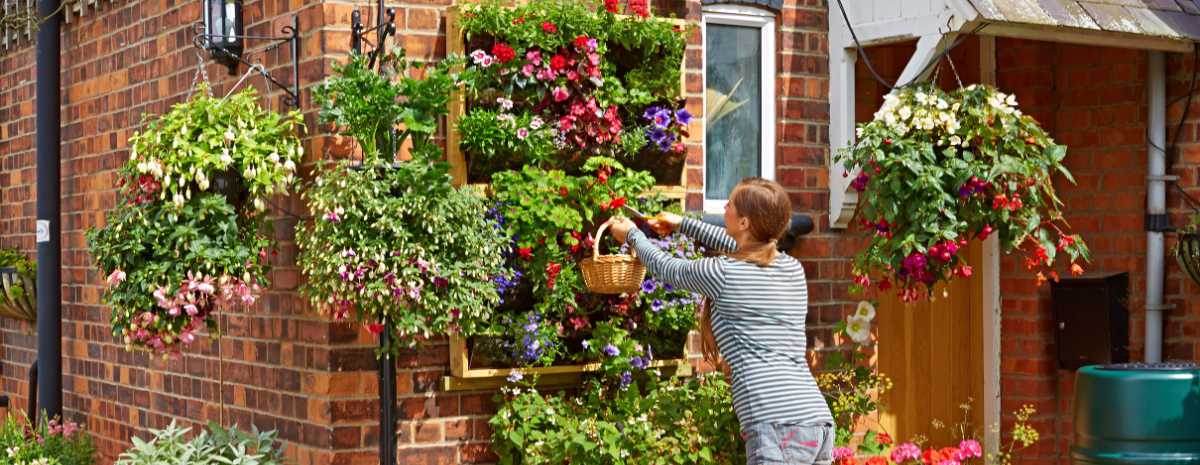They are a regular feature of horticultural shows nationwide, their green walls of foliage creating colour and form on otherwise uninteresting backdrops.
While some designers make vertical gardens look like works of art, featuring intricate mosaics of different foliage, everyday gardeners with limited space can also create great visual additions without too much fuss.
You can buy anything from simple black canvas pockets with a number of holes in them for the plants, which attach to the wall, to salad and herb vertical planters, living art frames displaying a combination of plants, and troughs which will house lush green plants over a wide area of wall, equipped with water reservoirs which will provide a steady trickle to the plants as they need it. Or you can even make your own.
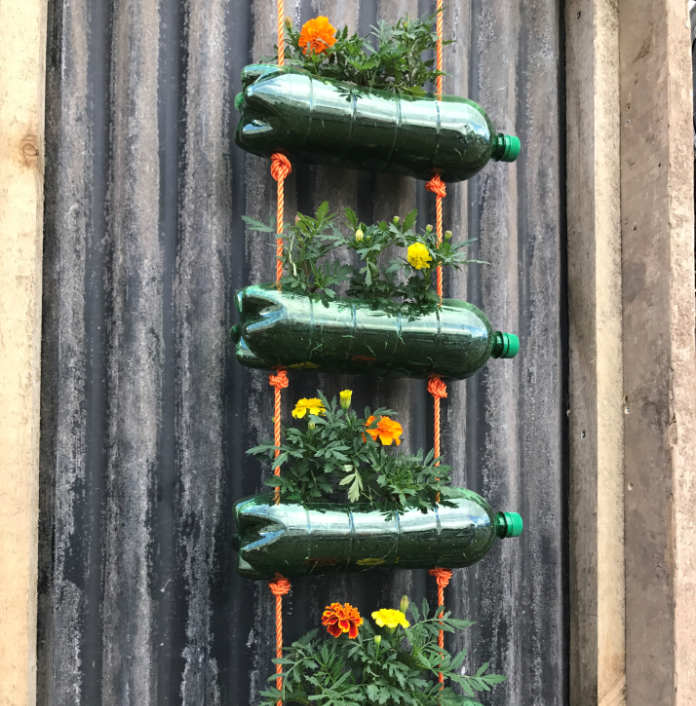
“Systems tend to be [made] of small modules that can be handled by the average person and built up into something larger by being attached to a vertical surface or to each other,” says Paul Smith, business manager at wholesaler Brundle Gardener (www.brundlegardener.co.uk).
Best plants for vertical planting
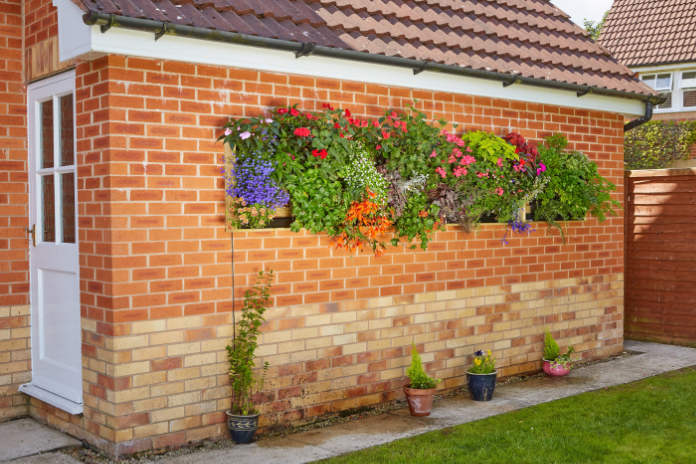
“The planting holes often aren’t as deep as a veg trug and are generally for shallow-rooted plants. They’re going to fill a gap or provide you with vertical gardening in a small space where you are stuck horizontally, but you’re going to have to consider what plants can grow in a planter that size,” says Paul.
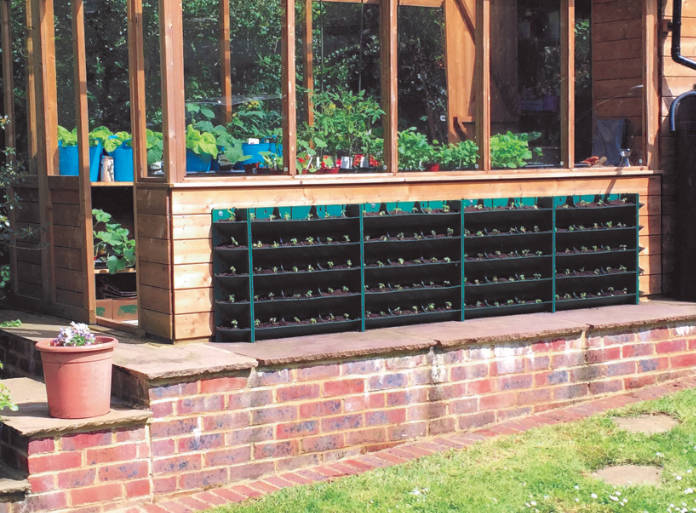
“Putting plug plants in is the best – you’re not going to put in a plant that’s been planted in a five-inch pot because you won’t get the necessary depth in the planter.
“But you can get bedding plants or herbs and salads in their early stages. You’ll need to harden off plug plants before planting them out, but they should be fine in a sheltered spot.”
Think about the size of your vertical garden
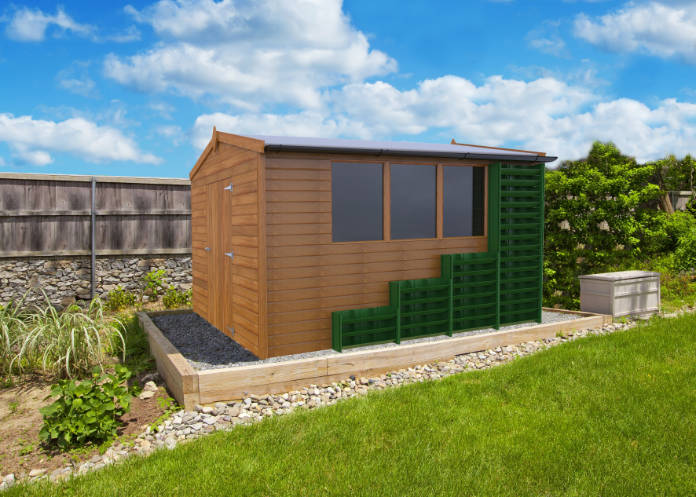
Consider though, that the larger the vertical garden the more complex it becomes in terms of maintenance and installation. If you are going to install a garden above head height you need to think how you are going to water, weed and feed the plants.
Many planters come in fixed dimensions and cannot be cut to size. If you start cutting planters, you need to re-seal the end or else water will just run out.
In many vertical gardens, water is recycled through the planting system, says Erick Mackay at Irrigatia (www.irrigatia.com), which produces an automatic solar-powered watering system.
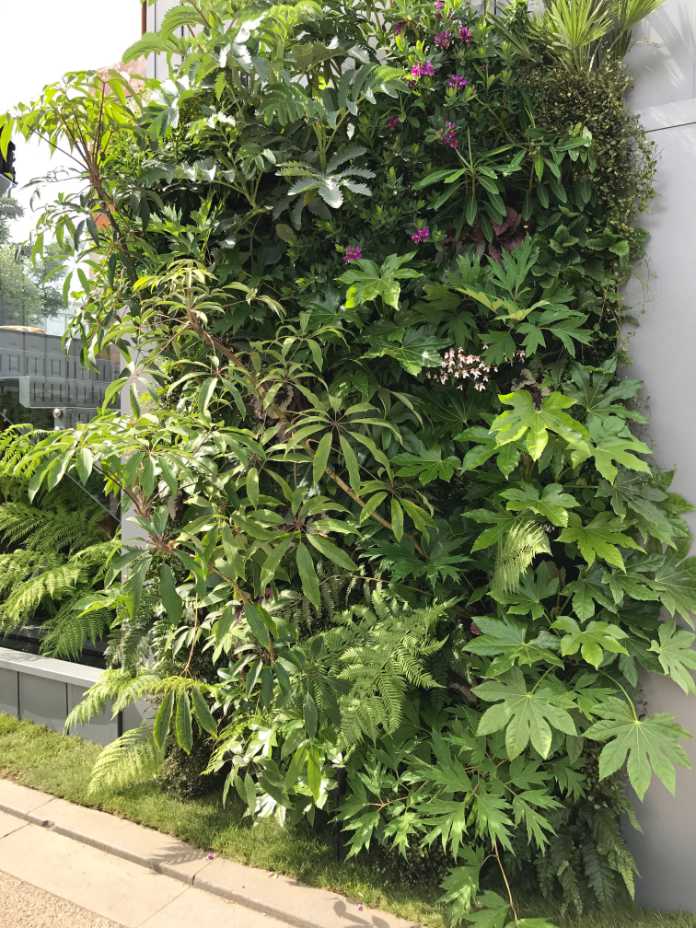
With larger constructions, you may have more success going for lush foliage plants rather than flowers. Good specimens for wall planting include ferns, euphorbia, ajuga, heuchera and geraniums. Ivies are ideal for permanent planting.
Place shade-loving varieties at the base of the area and sun-lovers, such as geraniums, thyme and sage, at the top.
Add some spring bulbs for a happy surprise when it is still cold, and try some wild strawberries for the children to pick all summer.
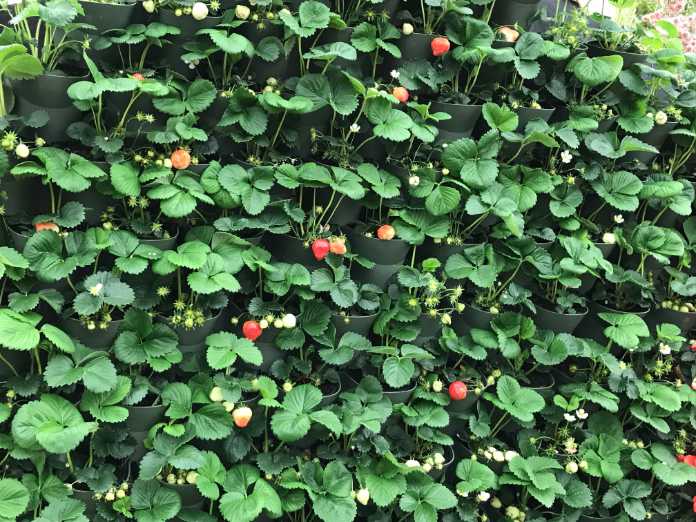
Ideally place the planter in half sun and half shade. Compost can be standard multi-purpose compost. After four to six weeks, start feeding the plants.
Try succulents in your vertical garden
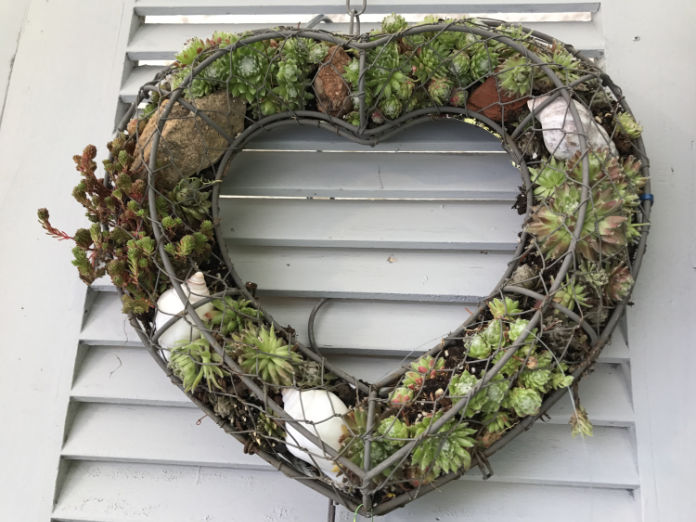
Succulents can also work in vertical planters mixed with shells or other ornaments and some manufacturers sell frames in different shapes and sizes.
Be waterwise
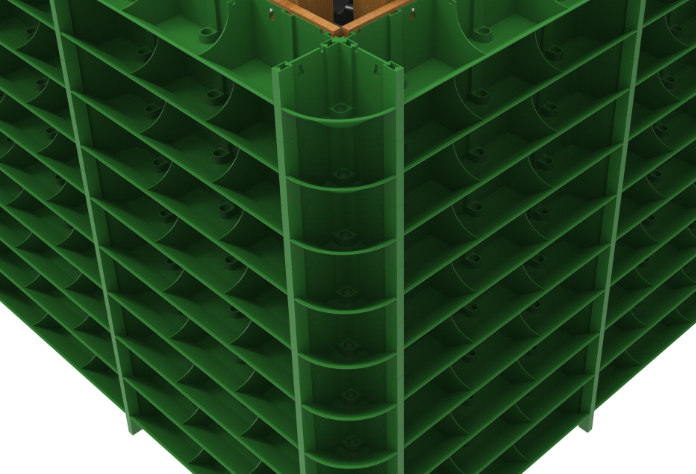
There are more elaborate planters on the market and automatic irrigation systems which allow you to branch out with planting.
Doesn’t the water just run out on to your decking or patio?
“It’s not much different from a terracotta pot with a hole in the bottom,” says Paul. You can water vertical gardens with a watering can or use a drip irrigation system. Planters should have raised drainage holes in the base, forcing the planter to hold some water in its base to be drawn up into the soil and the roots.
“If your plants don’t benefit from wet roots, you can drill multiple holes to allow the water to cascade down on to the next plant until it gets to the bottom.”
Best-selling vertical planters
Stuck for inspiration? Check out our list of best-selling Amazon products!
No products found.
You may be interested in…
This article may include affiliate links to products and services where we may receive a small fee to support the running of this site if you make a purchase or is a sponsored article from one of our select editorial partners providing valuable advice and information to our readers.























































